Understanding Frictional Unemployment, its Causes & Solutions
As individuals enter the workforce for the first time or transition between jobs, they experience frictional unemployment, a form of unemployment characterized by temporary joblessness. This blog post aims to provide an in-depth analysis of frictional unemployment, including its causes, effects, and implications. Additionally, it will distinguish this kind of employment from structural unemployment and investigate potential mitigation strategies.
What is Frictional Unemployment?
Frictional unemployment is the term used to describe the short-term joblessness that results from a person’s leaving one job and starting another too soon. It is sometimes regarded as an inevitable and normal part of a dynamic labor market in which people are continuously looking for better employment possibilities or switching industries. It affects many industries in India, including manufacturing, services, and IT, as people look for higher-paying or more satisfying jobs.
Exploring its Causes
- Job Search: The time it takes for people to look for opportunities that fit their talents, qualifications, and career goals is one of the main reasons. This can take longer than expected, especially in fields where work opportunities are scarce or there is intense rivalry.
- Geographical Mobility: People may experience this kind of unemployment as a result of having to move to a location with greater employment opportunities. A drawn-out job search due to restricted mobility or a reluctance to relocate may result in frictional unemployment.
- Skills Mismatch: It may result from a mismatch in the skills that companies require and the abilities that job seekers possess. People might need to go through training or pick up new skills as industries change and technology develops in order to be competitive in the job market.
- Seasonal and Cyclical Factors: Seasonal variations in the demand for particular labor types or cyclical downturns in the economy can also have an impact on frictional unemployment. People may endure longer durations of frictional unemployment during times of economic instability or recession because job options become limited.
Differentiating Frictional Unemployment from Structural Unemployment
Enduring economic transformations, such as technological advancements or industry shifts, induce fragmental unemployment, while transient factors like job search and skill disparity cause frictional unemployment. Addressing the underlying issues of structural unemployment requires policy interventions and structural reforms, whereas a robust labor market regards frictional unemployment as an inherent characteristic.

Effects of Frictional Unemployment
- Labor Market Flexibility: People who experience such unemployment are able to shift between industries and positions in pursuit of better possibilities, which helps to create a flexible labor market. This adaptability fosters productivity, creativity, and general economic expansion.
- Income Loss: As they move between occupations, people who are experiencing frictional unemployment may experience a brief loss of income. This may have an effect on their household income and financial security, especially if the unemployed spell lasts a long time.
- Psychological Stress: Even short-term unemployment can cause psychological stress, worry, and uncertainty in those who are afflicted. The stress that comes with looking for a job and having unstable finances can be harmful to mental health.
- Skill Development: People who experience this have the chance to learn new skills, go back to school or get more training, and become more employable. Long-term professional progression and increased earning potential are possible outcomes of this investment in human capital.
Solutions to Mitigate Frictional Unemployment
- Improving Job Matching: By making job matching platforms and services better, job searchers can find appropriate employment prospects faster and spend less time looking for work.
- Encouraging Geographic Mobility: It is possible to facilitate job transitions and lower frictional unemployment caused by geographic limits by encouraging geographic mobility through relocation aid programmes or incentives.
- Investing in Skill Development: Upskilling or reskilling the workforce through education and training programmes can solve skills mismatches and enhance labor market results.
- Reducing Information Asymmetry: Educating job seekers on career paths, skill requirements, and job opportunities can help them make better decisions and speed up the job search process.
- Fostering Entrepreneurship: Fostering entrepreneurship and self-employment can provide those facing frictional unemployment with several avenues to generate their own employment prospects and boost the economy.
Conclusion
As a result of the workforce’s fluidity and adaptability, frictional unemployment is an intrinsic characteristic of dynamic labor markets. Although it might present momentary obstacles for both individuals and the economy, it additionally presents prospects for the enhancement of skills, innovation, and expansion. Governments and organizations can effectively mitigate its adverse effects and promote a more inclusive and resilient labor market through a comprehensive understanding of its causes and consequences, as well as the implementation of focused policy interventions.




